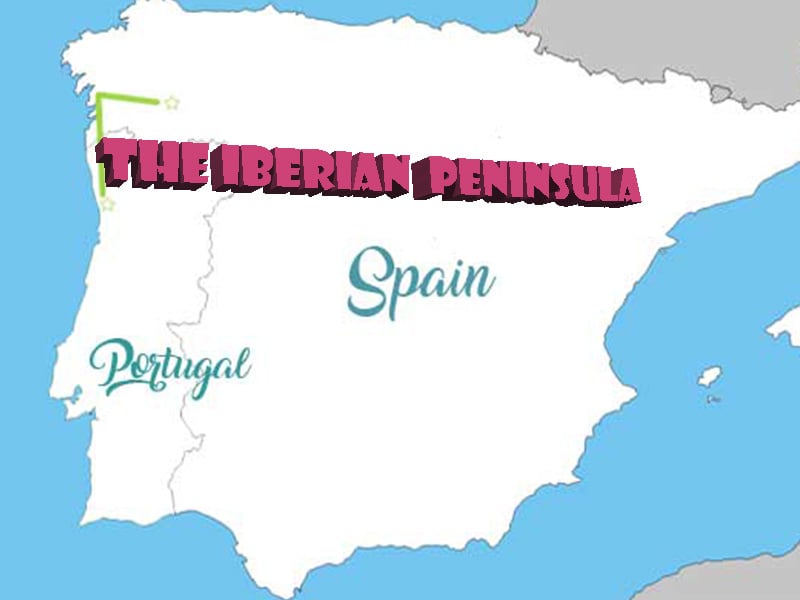The Iberian Peninsula
- Posted on
- Posted in Mencia, Portugal, spain, tempranillo, tinta barroca, tinta rosa, Touriga Franca, Touriga Nacional, viura
- 0

This week, City Vino explores a bit of the Iberian Peninsula with its weekly wine tasting on Friday October 14th, and Saturday October 15th. It is indeed interesting to get to know a little bit about a region from its wines, but let us share some non-wine related information with you. (There will be no quiz. I promise.)
- The Iberian Peninsula (Iberia, for short) is in southwest Europe, and covers, predominantly, the countries of Spain and Portugal.
- In addition to the above, Iberia also includes a small area of southwest France, Andorra, and Gibraltar.
- Iberia is just over 225,000 square miles, with a population of just over fifty-three million.
- The peninsula has the Mediterranean Sea to the south and east; and the Atlantic Ocean to the north, west and southwest coasts.
- It is also separated from North Africa by the Strait of Gibraltar.
- While the Iberian Peninsula is physically connected to France at the north corner in the west, the Pyrenees mountains produces its own divide.
- About two thirds of the peninsula is covered by the Meseta, which is a central plateau that is a lifted fault block, with an average elevation of about 2,000 feet. The Meseta is the agricultural region.
- Major cities here are Barcelona, Madrid, Lisbon, Seville, Granada, and Malaga.
- Its name comes from the people that inhabited the land before the Greeks, and their name, “Iberus,” was derived from the Ebro River.
- A visit to Iberia would be filled with art, castles, cliffs, coastal views, windmills, bustling cities, countryside, food (hello, Iberian ham and Manchego!) and of course, wine!
For our choices for your Iberian wine in-shop excursion, we have four new wines to the shop. We start with the 2020 Bodega Destinos Cruzados Macabeo, from La Mancha, Spain. (I did mention windmills, didn’t I?) The producer’s name, “Destinos,” translates to both destiny and destination. The Destinos is made from 100 percent Macabeo, which is often used to make the sparkling Cava, but this is a still wine. This is a light-bodied and refreshing wine, with fruit notes on the nose and palate. Drink as an aperitif, or with light dishes or seafood.
Another featured wine is the 2020 Palacio de Arganza Marqués de Montejos Selección Mencía Single Vineyard, from Castilla y Leon, Spain. The grape here is Mencia, which has aromas and flavors of cherries, blackberries, violets, orange zest, herbs, and spices. This is a medium-bodied wine, with fresh acidity and firm tannins.
From Portugal, we travel to the Douro for the 2017 Quinta do Crasto Tinto. The wine is a blend 35 percent Touriga Nacional, 30 percent Tinta Roriz, 25 percent Touriga Franca, and 10 percent Tinta Barroca. In the glass, you may find wild red fruits and violets, along with softish tannins and a fresh and lingering finish.
We return to Spain, to La Mancha for the 2018 Gropo Pesquera El Vinculo Crianza. This wine is made from a thicker-skinned local version of Tempranillo, called “Cencibel.” Aromatically and on the palate, the wine has deep black fruits and a hint of licorice, along with vanilla bean and roasted coffee. The last two aromatic notes are courtesy of the aging in American oak barrels. The wine has power on the palate, good length, and ample tannins.
That is our show for the weekend, see you soon!

Comments
Be the first to comment...